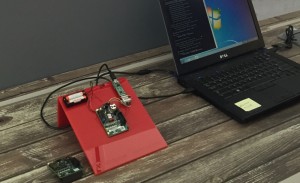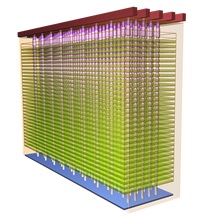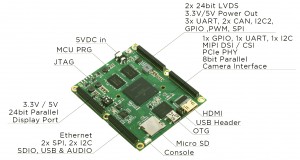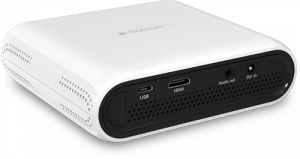 Open source software is set to dominate the enterprise server market, says IBM.
Open source software is set to dominate the enterprise server market, says IBM.
Fifteen years after first running Linux on a mainframe, IBM said it is now ready to contribute “the single largest amount of mainframe code to open source community.”
“We are betting big on open source in the enterprise,” said IBM which has introduced two Linux mainframe servers.
IBM is also working with Canonical to create an Ubuntu distribution for the new Linux servers called LinuxONE and the z Systems cloud computing platform.
The collaboration with Canonical will bring Ubuntu’s scale-out and cloud capability to the IBM z Systems platform.
Tom Rosamilia, senior vice president, IBM Systems writes:
“Fifteen years ago IBM surprised the industry by putting Linux on the mainframe, and today more than a third of IBM mainframe clients are running Linux.”
LinuxONE Emperor server is based on the IBM z13, and it can scale up to 8,000 virtual machines through the open standards-based KVM hypervisor. SUSE, a leading distributor of Linux, will provide initial support for KVM for the mainframe.
The second server, the LinuxONE Rockhopper is intended as an entry-level server.
Both incorporate encryption features built into both the hardware and software to help keep customer data and transactions confidential and secure.
As part of its largest ever commitment to open-source software IBM has enabled Apache Spark, Node.js, MongoDB, MariaDB, PostgreSQL, Chef and Docker for LinuxONE and IBM z Systems.
Canonical plans to distribute Ubuntu for LinuxONE and z Systems, adding a third Linux distribution. SUSE and Red Hat already support distribution. Canonical also plans to support KVM for the mainframe.
IBM has also joined Linux Foundation Project.






